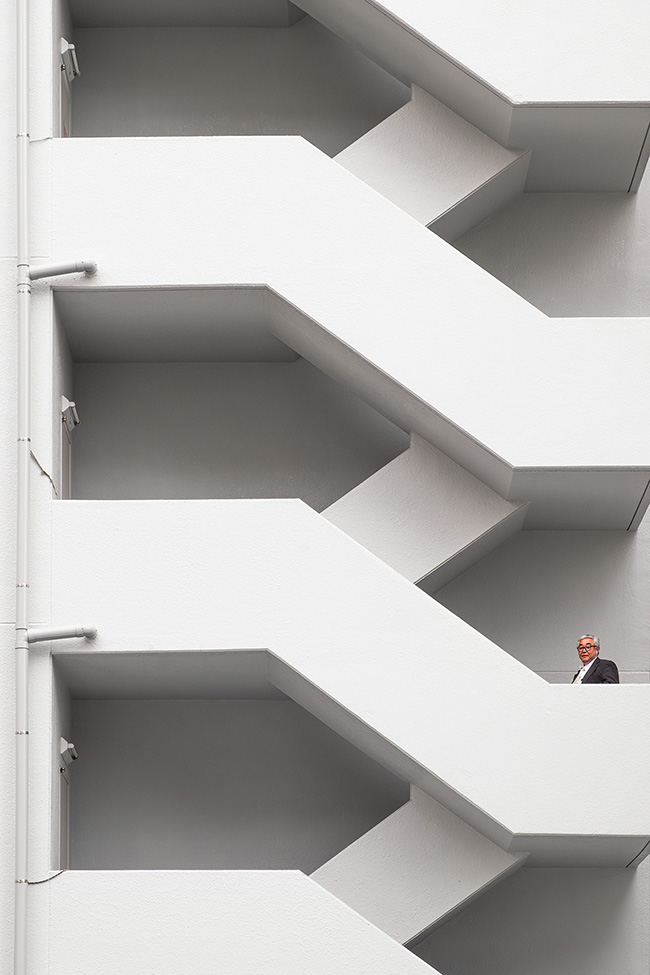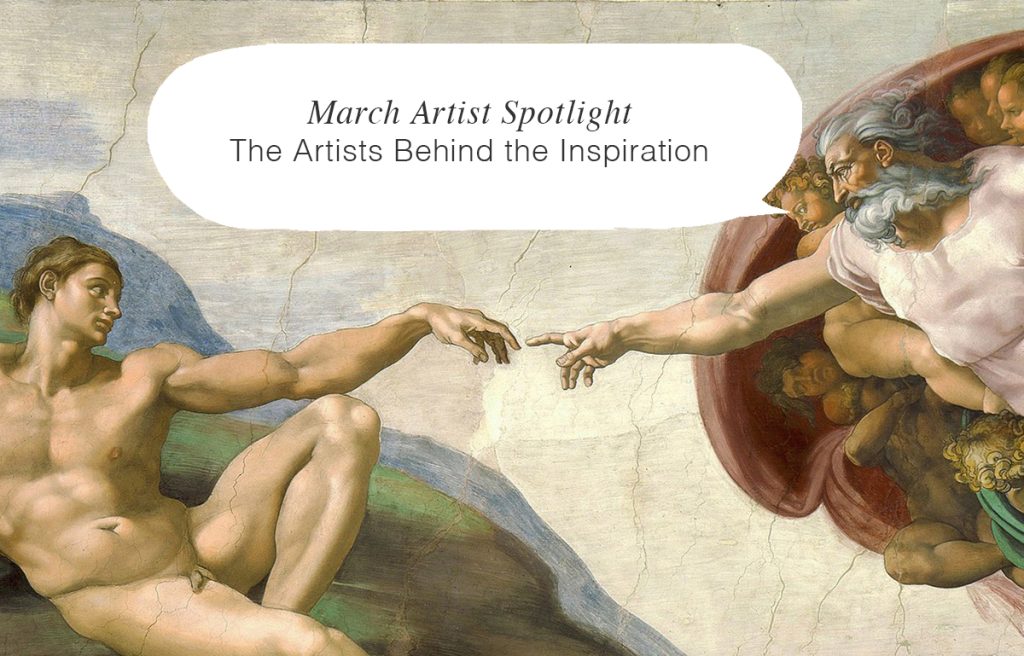Doug Caplan, a Canadian photographer, has spent decades honing his craft, transforming everyday urban spaces into beautiful art. His journey into photography began in his teenage years, sparked by a black-and-white Polaroid camera. After years of exploration and development, Caplan embraced both analog and digital photography, continuously evolving his artistic vision. His creative process is driven by intuition and observation, with a focus on the geometry, patterns, and energy of urban environments. With a background in construction, Caplan brings a unique perspective to his photography, seeing architecture not just as structures but as dynamic, living entities. Through his work, Caplan invites viewers to see the hidden rhythms and beauty in the often-overlooked elements of the city.

Here is the artist’s interview.
1. What is your creative process like?
My creative process is intuitive and rooted in observation. I’m drawn to the geometry, patterns, and energy of urban environments, and I find inspiration in the structures and objects that most people overlook. I don’t set out with a rigid plan—I prefer to let the city reveal itself to me. I pay attention to the way light interacts with surfaces, how shapes align, and how movement plays within a static frame. When something catches my eye, it’s often because it holds a hidden rhythm or an underlying sense of order. Once I’ve captured an image, I refine it carefully, making subtle adjustments to enhance its composition while staying true to the scene’s authenticity. My goal isn’t to alter reality but to bring forward the elements that made me stop and take notice in the first place.
2. Do any personal experiences shape your work?
My background in construction has had a huge influence on how I see the world. After spending over 35 years in the construction industry, I don’t just look at buildings as finished structures—I see the process, the design, the function, and the way they shape human movement. That awareness has shaped my photography, making me more attuned to the patterns, symmetry, and purpose behind urban spaces.
3. What challenges do you face as an artist?
One of my biggest challenges is navigating the tension between creating art for myself and the pressure to sell my work. While I’ve never felt compelled to sell my art, as maintaining my authenticity has always been my priority, my priorities and perspectives have evolved, and I am now interested in making my work available to collectors. I’ve always created photographs because I’m drawn to the process of seeing and capturing, not because I wanted to turn it into a business. But I also understand that sharing my work with collectors is part of getting it out into the world. Finding the right audience—people who
appreciate the way I see urban spaces and architecture—isn’t always easy, especially since my work isn’t mainstream.
4. What do you want people to feel when they view your art?
I want people to see—to really look at the urban world and architecture in a way they may not have noticed before. My work is about revealing the hidden structures, patterns, and rhythms that shape our environment. Whether it’s the quiet authority of fire hydrants standing in obedience, the mystery of
scattered traffic cones, or the geometric harmony of a skyline, I want my images to make people pause and reconsider what they walk past every day. Some of my work carries a sense of order and control, while other pieces challenge ideas of conformity and routine. Ultimately, I hope my photography shifts perception—helping people find beauty, meaning, or even tension in places they might otherwise overlook.
Doug Caplan’s photography is an invitation to slow down and rediscover the world around us. By capturing the unnoticed intricacies of urban life and architecture, he transforms everyday scenes into captivating visual experiences. Caplan’s work challenges us to look deeper, to see the hidden order and beauty in our environments. His dedication to authenticity and personal vision shines through in every image, offering a fresh perspective on the urban spaces we inhabit. Through his lens, Caplan helps us pause, reflect, and appreciate the often-overlooked elements that shape our surroundings.


